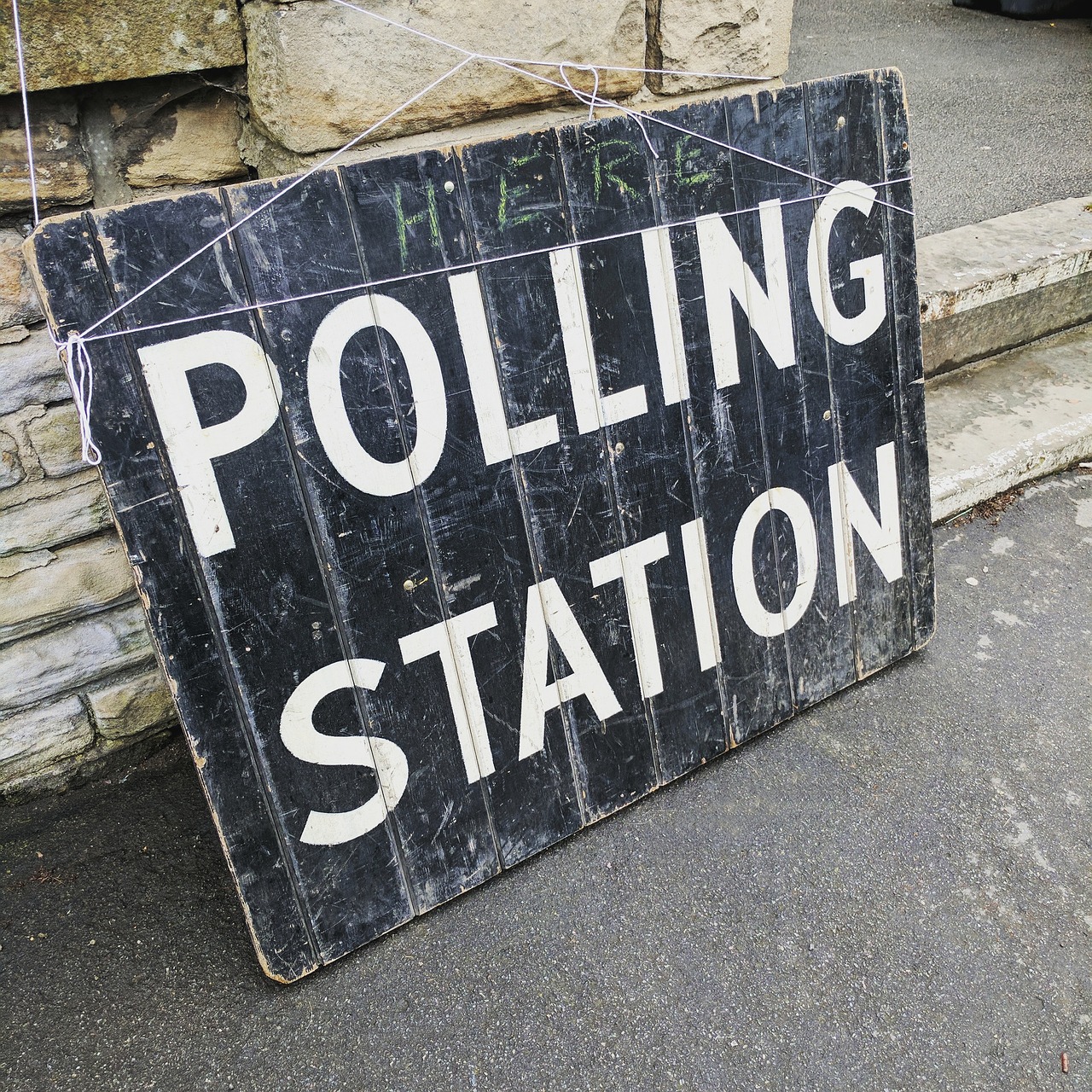
Today’s Morning Buzz is by brand new Morning Buzzer Brianna Lennon – connect with her on LinkedIn and Twitter!
What I’m watching: Grace and Frankie
What I’m listening to: Amazon Music’s Beatles Station
What I’m reading: Election Tools (an online resource by CTCL for election officials interested in civic engagement)
The world of elections administration has evolved dramatically over the past decade. Technology is now fully integrated into elections operations, from computerized voter registration databases to electronic poll pads and voting equipment. These tools have fundamentally changed how voters interact with their local election authorities and experience Election Day, making public input a critical part of local election officials’ calculus of how best to serve their voters.
For example, take the phenomenon of touch-screen voting, which gained enormous popularity after the 2000 presidential election’s notorious punch-card voting debacle. In response to what was viewed as a failure of outdated elections technology, Congress passed the Help America Vote Act of 2002 (HAVA), which included federal grant money for states to update and replace their voting systems and led to the purchase of thousands of touch-screen voting machines across the country.
As years passed and new machines were deployed, technology experts—and voters—questioned the equipment’s integrity. Many election officials didn’t require their touch-screen machines to have paper trails for voters to verify their ballots, making them impossible to audit and undermining confidence in election results. The recent threats of foreign influence and security vulnerabilities only exacerbated these concerns. As a result, we’ve seen entire states (like Virginia just before their 2017 gubernatorial election) jettison their touch-screen machines in favor of traditional paper ballots.
Election administrators can’t completely do away with touch-screens, particularly because they’re still the best option for voters with disabilities to cast a ballot independently, but this practicality doesn’t absolve officials of their obligation to critically evaluate new technology. Like any other specialized local government office, elections administrators are constantly managing pitches from startups, enterprise software vendors, and technology advocates. It’s incumbent on administrators to do their research before committing to a new system or process that might not fit the needs of their voters.
There are a number of technical resources available to election officials to help guide them, but there is no better way to serve voters than by engaging the community in the decision-making process. Successful administrators seek input from voters and key stakeholders, including disabilities advocates, civic groups, and poll workers. Encouraging community members to weigh in on voting equipment decisions, for example, helps clarify voters’ priorities, needs, and concerns about elections integrity and we can all agree that every local elections official should be doing their best to maximize public confidence in our democratic elections.
There’s no single way to know to whether a new piece of equipment or process will endure, which makes community engagement all the more important. Ultimately, administrators need to decide if the change is good for their community and that requires reaching out to experts, colleagues, and the public for input. Even the most experienced administrators learn from listening to the communities they serve.
All views and opinions expressed in this post are solely those of the author and do not reflect the views and opinions of the Boone County Clerk’s Office.
